These renowned people were either born here or became famous here. They made their mark in the world.
Galvano Bettini da Bologna
(Galvanus Bononiensis) (?–1395) he was a well-known legal scholar in Europe and the most famous academic at the Medieval University of Pécs. Bishop William invited him to teach at the University of Pécs. In addition, he provided legal counsel to the episcopate and carried out diplomatic activities on behalf of the king and the church.
.
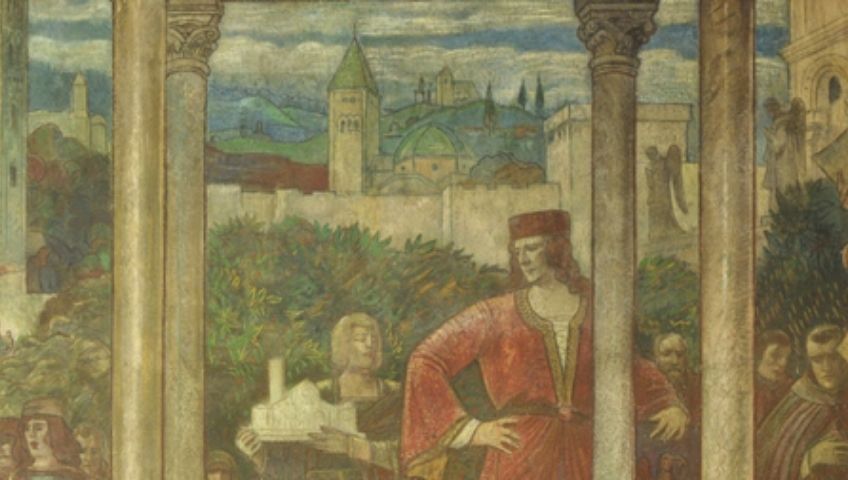
Janus Pannonius (1434-1472)
He was a Roman Catholic priest, Bishop of Pécs, and the first Hungarian-Croatian poet and humanist whose name was recorded. He was appointed Bishop of Pécs in 1459. In addition to his involvement in diplomatic and political activities, he continued to write poems until his death.
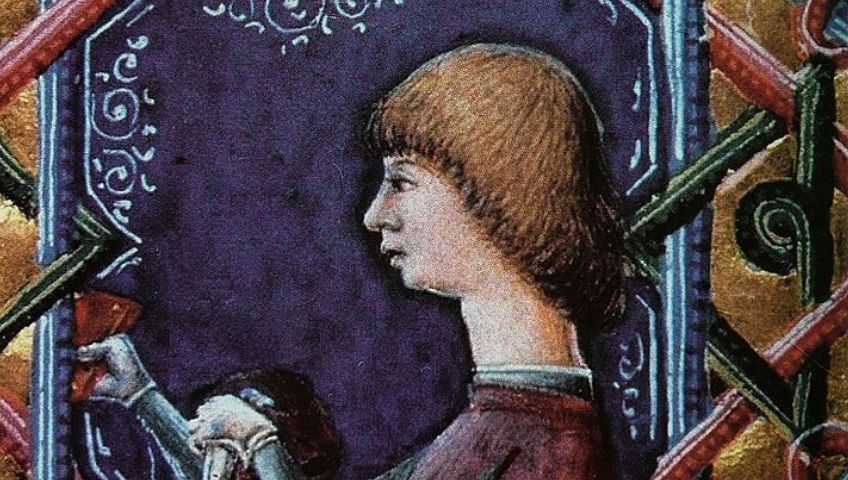
Vilmos Zsolnay (1828-1900)
He was the inventor of pyrogranite and a ceramic artist who introduced the eosin glazing process. His invention, the frost-resistant pyrogranite was used as a type of ornamental ceramics in many famous buildings such as the Matthias Church in Buda, the Museum of Applied Arts, the Geological Institute, the Central Market Hall in Budapest, the Hungarian Parliament Building, and the Hall of Art.
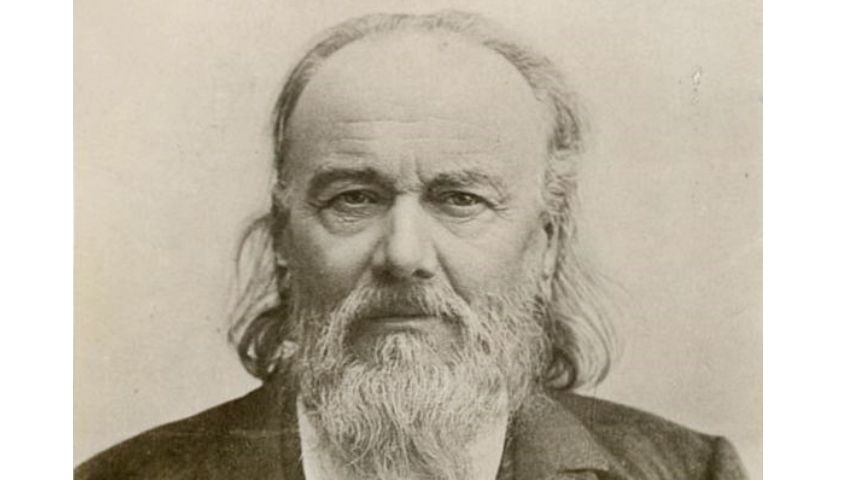
Tivadar Csontváry-Kosztka (1853–1919)
After working as a pharmacist, he went to Munich to learn to paint. He painted about a hundred, mostly, post-Impressionist paintings using colours in a unique fashion. Towards the end of his life, he wrote several visionary and prophetic writings and pamphlets. Nevertheless, it was foreign exhibitions rather than Hungarian ones that brought him recognition as a painter. His paintings are exhibited in Csontváry Museum established in 1973 from the Csontváry collection of Gedeon Gerlóczy.
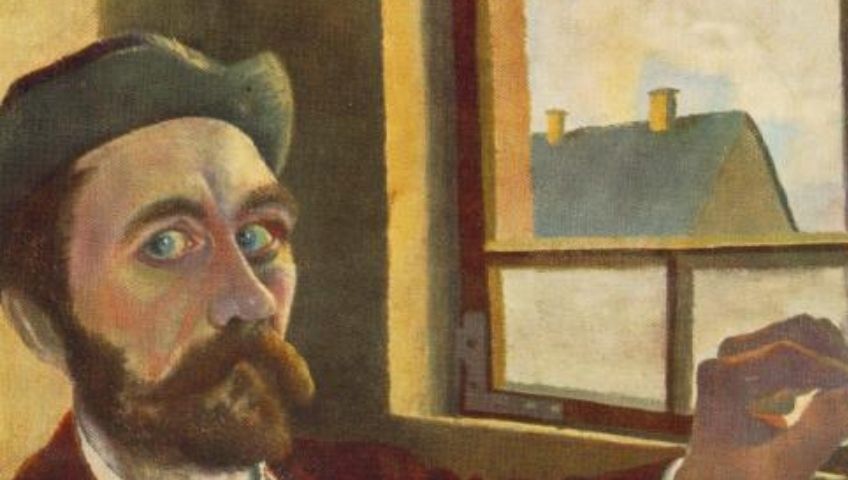
Pál Heim (1875–1929)
He was one of the greatest Hungarian paediatricians. The most fertile period in his research work was the two years (1923-1924) he lived in Pécs.
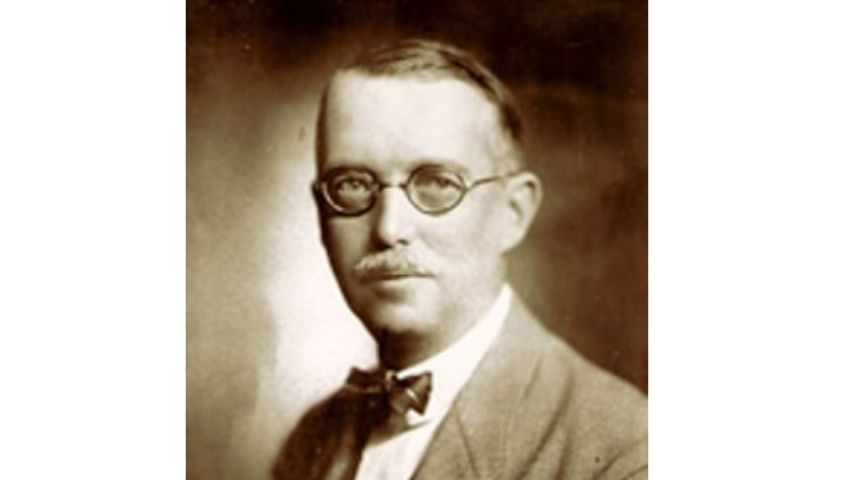
Marcell Breuer (1902–1981)
He was born in Pécs, and he attended primary and secondary school here. Then, he studied in the Bauhaus art and design school in Germany. He was not allowed to continue his work in Hungary, as his Bauhaus diploma was not recognised by the Hungarian Chamber of Architects. Therefore, he relocated to England, then to the USA. He designed tubular steel furniture, earning him international recognition. He became a renowned architect at Harvard University teaching generations of architecture students. Time magazine listed him as one of the 13 most influential artists in 1968.
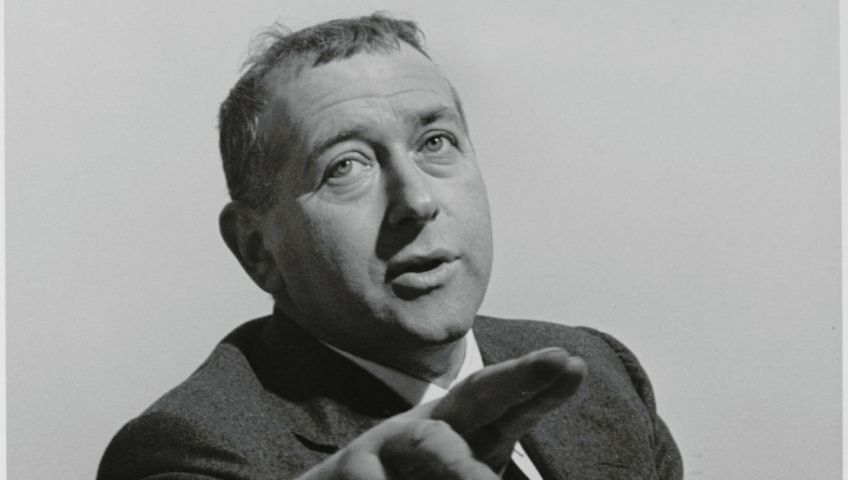
Victor Vasarely (Vásárhelyi Győző) (1906–1997)
He was the most important representative of „op-art”. He was a painter and an advertising graphic designer. The breakthrough in his career was his joint exhibition with Lajos Kassák in Paris in 1961. He created visual art and sculptures drawing on modern Western Structuralism and optical illusion.
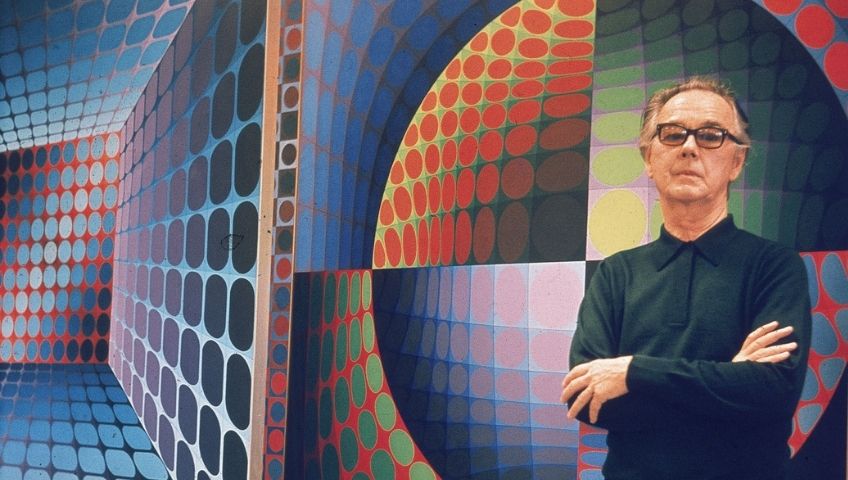
János Szentágothai (1912-1994)
He was one of the greatest Hungarian anatomists and Honorary Doctor of the University of Pécs as well as the president of the Hungarian Academy of Sciences from 1976 to 1985. At the beginning of his academic carrier, he devised new techniques to research degeneration, making him a renowned expert in neuroanatomy. When he returned to Hungary from World War II in 1946, he started to work at the University Pécs Medical School where he was appointed Chair of the Department of Anatomy. When the department resumed its activities in the Post-War era, his research activities focused on the vestibular system and neuroendocrinology. He was elected a corresponding member of the Hungarian Academy of Sciences in 1948. While he was in Pécs, he started a new department. It was at his department where electron microscopy had been first used in brain research in Hungary in 1961. His most widely known book that he co-authored with Ferenc Kiss is The Atlas of Human Anatomy in which he created all the illustrations. The book has been translated into thirteen languages and over a hundred editions have been published so far. He proposed that most of human speech development takes place between the age of 6 and 18 months – mostly driven by humans’ need for communication. In 2004, Szentágothai János Protestant College was founded at the Faculty of Sciences of the University of Pécs. Szentágothai Research Centre of the University of Pécs was established in 2012 and was named after him.
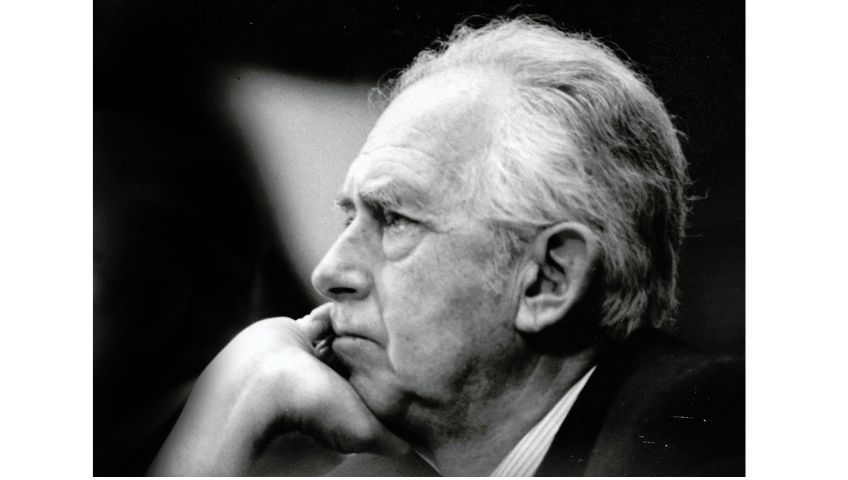
Képek forrása: Wikipédia/PTE
